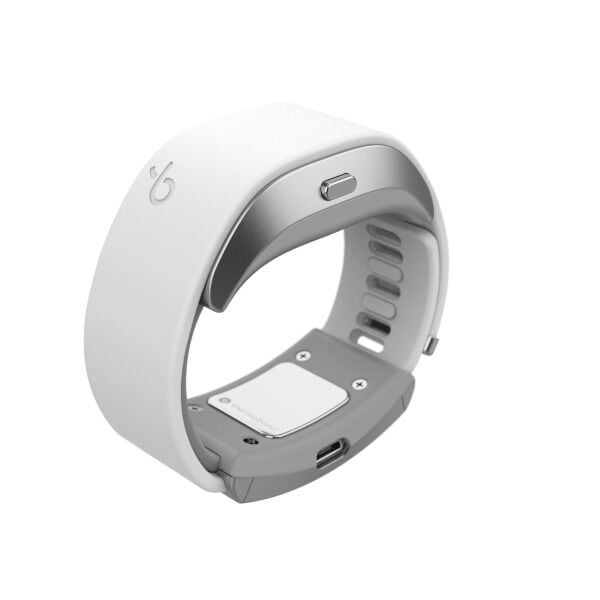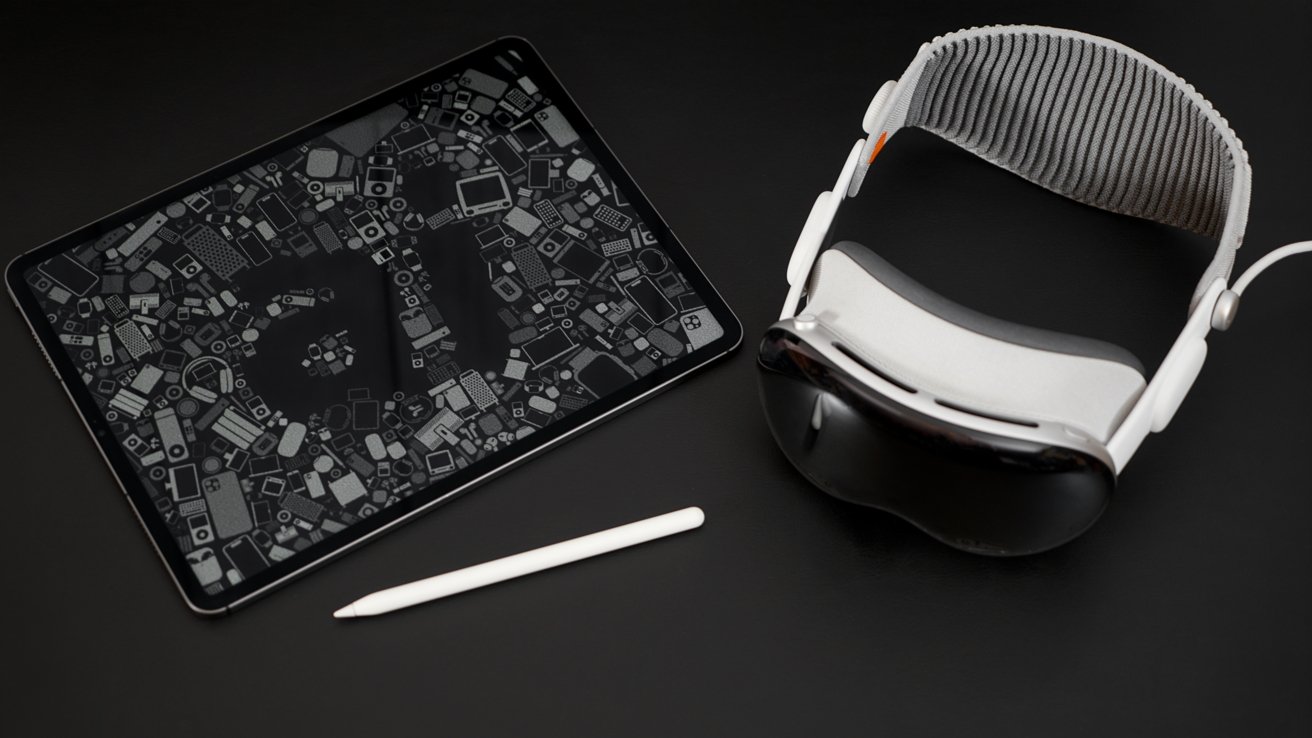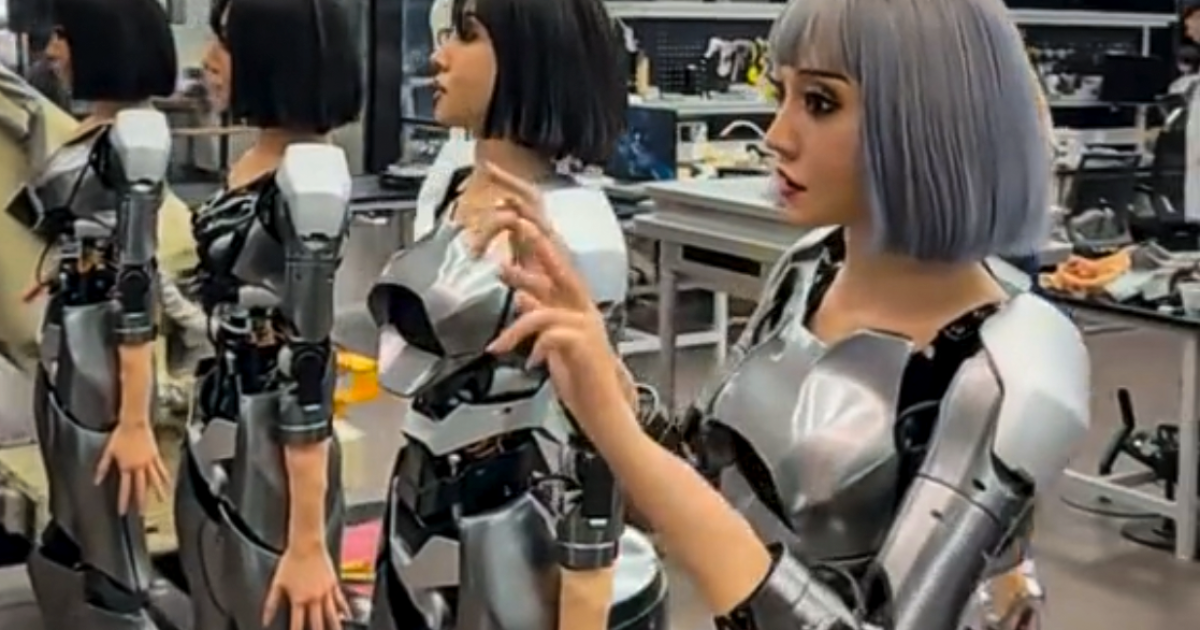- TECHSWU
- Posts
- TECHSWU #30
TECHSWU #30
Welcome to TECHSWU, your go-to destination for all things tech that matter in your daily life! From gadgets to software, we cover it all with a focus on what's relevant and usable now. Tune in to our YouTube channel, daily newsletter, and podcast for the latest updates and insights on the tech you use every day. Stay connected with TECHSWU and stay ahead in the world of technology



Thermaband has released its first product, the Thermaband Zone, a wrist-worn device that detects changes in body temperature and delivers a cooling or heating sensation to users. The device adapts to the wearer's unique body cues and becomes more intelligent with every use. It offers three wrist size options and two colorways to accommodate various users. The Thermaband Zone can analyze vitals and user-reported logs to provide personalized insights. Customers can purchase the product online through the company's official website. This innovative device has implications for the health-tech industry, as personalized temperature control solutions could be integrated into wearable devices. It also aligns with the growth of the wearable technology sector and opens opportunities for e-commerce platforms to sell personalized health tech products.

Rokid is launching a crowdfunding campaign on Kickstarter for its AR Lite spatial computing glasses. These glasses are lightweight, comfortable, and intuitive, challenging the notion that wearability and power in spatial computing devices are mutually exclusive. The AR Lite glasses weigh just 75 grams and provide an enhanced experience for Android, iOS, and Mac users.
Highlights from the article include:
• Rokid successfully received support from over 3,000 backers on Kickstarter for its consumer-grade AR glasses in 2021.
• The AR Lite campaign will offer pre-orders for the Rokid AR Lite suite, which is the first-of-its-kind Personal Space Computing Suite from an AR brand.
• The glasses are revolutionizing AR experiences with their light weight, making them more comfortable and intuitive for users.
• The AR Lite suite is redesigning productivity and entertainment by providing a unique spatial computing solution.
• The release of these glasses has implications for the consumer electronics industry, the augmented reality market, and crowdfunding platforms for tech wearables.


TikTok has partnered with the Coalition for Content Provenance and Authenticity (C2PA) to automatically label AI-generated content (AIGC) that is uploaded from certain other platforms. By implementing the Content Credentials technology of the C2PA, TikTok can read the metadata attached to content and instantly recognize and label AIGC. This labeling helps provide context to viewers and ensures they know when content is AI-generated. The labeling feature is currently being rolled out for images and videos and will soon be expanded to audio-only content as well. Additionally, TikTok plans to attach Content Credentials to content made on its platform, allowing those platforms that adopt Content Credentials to automatically label the content. TikTok has also launched media literacy resources to help users navigate AIGC and misinformation online. These resources include videos that raise awareness about AI labeling and AIGC and explain how TikTok tools can further contextualize content.


Golf technology company MIA Golf Technology has announced that it will become an authorized reseller of Zen's range of moving floors in the UK and Europe. The Zen Green Stage and Zen Swing Stage, which offer adjustable gradients for putting and hitting full shots, will now be sold as part of MIA Golf Technology's product portfolio. The Zen moving floors enhance the indoor golf experience by transforming the traditionally flat playing surface. MIA Golf Technology, which has over 30 years of experience in training technology, is also an authorized reseller of other golf tech brands including Flightscope, Swing Catalyst, Science & Motion, and TruGolf E6 Connect. Zen's moving floors are currently used in 24 countries worldwide and have been praised by Tour players, golf coaches, universities, and PGAs.


The Evening Standard has compiled a list of the best headphone amplifiers of 2024, featuring a range of options suitable for various budgets and purposes. The amplifiers selected offer enhanced audio experiences, driving headphones to new levels and providing crystal-clear clarity. Some of the highlights include:
• Violectric Niimbus US 5 Pro: A powerful home amp that can drive even demanding headphones with ease, the Niimbus US 5 Pro is elegant, constructed from high-quality components, and delivers flawless signal amplification.
• FiiO KA17 High End Dongle Amplifier: This pocket-sized, portable amp offers enhanced audio on the move and features dual flagship ESS ES9069Q DACs with full support for hi-res audio files.
• HIDIZS S9 PRO Balanced & Single-Ended Mini HiFi DAC & AMP: A budget-friendly option, the S9 PRO offers balanced and single-ended mini DAC and amp functionality with ESS9038Q2M DAC and PCM support up to 32bit/768kHz.
• FiiO R9: With dual high-performance ES9038PRO DACs and THX AAA 788+ amplification, the R9 is a desktop headphone amp that supports high-res audio formats and offers a range of inputs and outputs for flexibility.
• iFi iDSD Diablo 2: This hybrid amp features both Bluetooth and wired options, has a powerful output, and is compact enough for on-the-go use.
• FiiO KB3: This device is a customizable wireless mechanical keyboard that also functions as a headphone amplifier with high-performance DACs and the ability to support various audio files.
• iFi iCAN Phantom: Offering an iESL energizer, the iCAN Phantom incorporates tube-based and solid-state input stages, and provides multiple outputs for various headphone types. It delivers powerful and balanced sound.
These amplifiers cater to a range of audio needs and can provide users with an immersive and enhanced listening experience.

Ofcom, the UK's communications regulator, has called for changes in social media algorithms to better protect children. The organization's research highlights the negative impact of algorithmic amplification, which promotes content based on user interaction, on children's well-being. Highlighted findings include the fact that children aged 12-15 have spent an average of 3 hours and 18 minutes per day online during the pandemic, and that 80% of children in this age group have a social media profile. Ofcom also raises concerns over the addictive nature of some online platforms and the potential for exposure to harmful content. They propose introducing a new duty of care, which would require social media companies to prioritize the well-being of children by reducing the exposure to harmful content and limiting the use of features that exploit psychological vulnerabilities. By making these algorithm changes, Ofcom aims to create a safer online environment for children, protecting them from potential harm.


In this article, the author compares the iPad Pro and the Apple Vision Pro, two devices that represent different futures of computing. The iPad Pro is described as a post-PC device that has been developed over the years to be the ultimate representation of portable personal computing. On the other hand, the Apple Vision Pro is Apple's first spatial computer that runs on visionOS and paves the way for future AR and VR platforms.
Some highlights from the article include:
• The iPad Pro and Apple Vision Pro achieve the same end goal but are used in different ways.
• The M4-equipped 13-inch iPad Pro and the Apple Vision Pro have different processors and graphics capabilities.
• The Apple Vision Pro is a VR headset that offers unique experiences such as transporting the user to different places and controlling elements using only eyes and hands.
• The iPad Pro is a versatile device that can be used as a touch display, connected to a dock to become a desktop workstation, or paired with a Magic Keyboard to function as a portable laptop.
• The price difference between the two devices is significant, with the Apple Vision Pro being considerably more expensive.


A viral video from a Chinese humanoid robot factory has captivated social media users. The 20-second clip showcases lifelike androids with human-like skin and hair, defying the typical image of robots. The video shows rows of humanoid figures, disembodied heads, and an impressive display of humanoid arms that appear to be straight out of a dystopian science fiction movie. The video suggests that the factory workers have begun mass production, though it is revealed that the arm-tree display belongs to ExRobots, a Chinese business that develops smart guide services. The video demonstrates the sophistication of animatronics, rather than the arrival of AI companions. However, Chinese businesses like Unitree and UBTech/Baidu have made significant advancements in humanoid robotics, pushing the boundaries of AI-driven robotic workers. Humanoid robots have the potential to revolutionize human-machine collaboration and alter labor dynamics through AI integration. The true value of the humanoid revolution lies in its social influence and ability to drive technological growth.

Aniai, a leader in kitchen automation and AI solutions, has opened its first North American showroom in New York City. The showroom will feature Aniai's flagship product, the Alpha Grill, which uses advanced AI and robotics to automate the hamburger patty cooking process. Aniai has partnered with several quick-service restaurant brands in North America to conduct pilots of the Alpha Grill, with plans for a rollout at multiple locations in the coming year. The company hopes that the showroom will give restaurant operators a firsthand look at the future of kitchen automation and the benefits it can provide, such as reducing labor intensity and improving efficiency and consistency. Additionally, Aniai will be showcasing the Alpha Grill at the National Restaurant Association show in Chicago, where it will demonstrate enhancements like the 'Alpha Cloud', a cloud-based AI system that can assess patty quality in real-time. Aniai aims to empower restaurants to improve their kitchen operations by delivering intelligent solutions that increase production and enhance quality and service.


Automation company Comau is showcasing its new digital-driven robots and AI-backed automation solutions at the Automate 2024 trade show in Chicago. Comau's new S-Family of small 6-axis articulated robots, designed for arc welding and handling applications, and an AI-enabled vision-based automated piece-picking solution for random objects are among the innovations being unveiled. The robots feature a protective water and dust-resistant design with integrated arc and gigabit dressings, while the piece-picking solution uses AI to detect and distinguish between randomly placed items. Comau is also demonstrating its MATE-XT and MATE-XB exoskeletons, which are designed to assist workers with lifting and repetitive tasks.

A video from inside a Chinese humanoid robot factory is causing a stir on social media as it shows highly realistic-looking, partially skinned humanoids under construction. The video features rows of cyborg-ladies, disembodied heads, and fully human-like presenter types, all designed to look extremely lifelike. However, it is revealed that the video is from Chinese company ExRobots, which builds efficient and friendly smart guide services for various industries. ExRobots' Ex Future Science and Technology Museum showcases its animatronic characters and allows visitors to "drive" a humanoid head with their own facial expressions using motion capture. While the video may seem deceiving at first, it highlights the advancements in animatronics and the potential for future humanoid robots that can perform useful tasks.

Researchers have developed a swarm of miniature, snail-inspired robots that can collaborate to form new structures. The robots, designed by roboticists at the Chinese University of Hong Kong, use retractable suction cups in conjunction with tank-like treads to maneuver across difficult terrain. Each robot has a rubber tread system with tiny magnets, and when the going gets tough, they engage their "strong mode" to scale a fellow robot's metal shell and anchor themselves using the suction cups. The robots can pivot 360-degrees while adhered, allowing them to create staircases, construct bridges, and form elongated robot arms. The researchers believe their design could be used in real-world scenarios like search-and-rescue missions, and plan to develop fully autonomous bots that can communicate, plan, and construct with each other.
